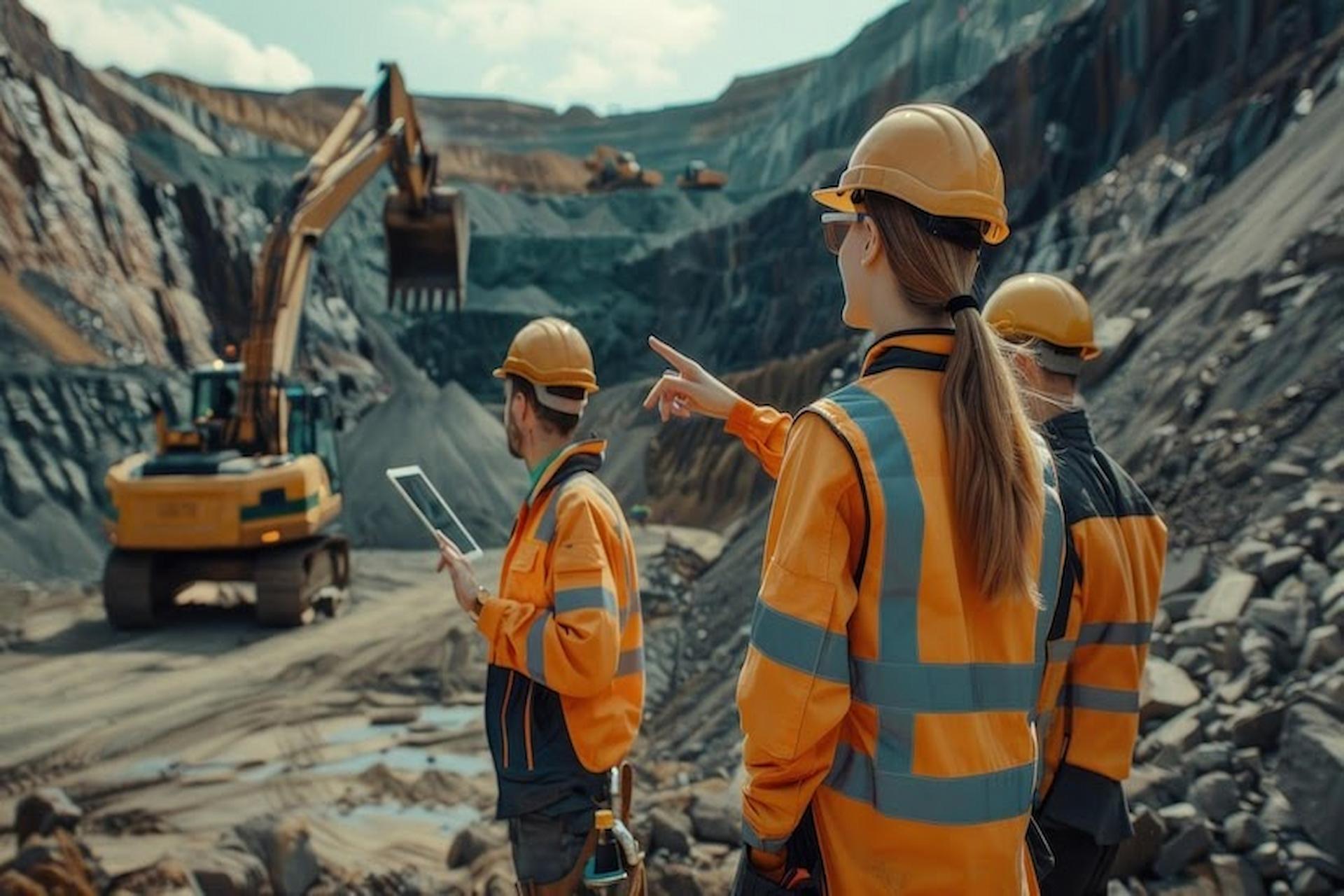Choosing the right mining equipment can make or break your project. Learn how to pick the best tools for your needs, boost efficiency, and ensure safety while keeping costs down.
Mining projects are complex, and selecting the right equipment can make a huge difference in efficiency and success. Whether you’re starting a new project or upgrading existing operations, the right tools are crucial. Choosing the right mining equipment depends on many factors, including the type of material you work with, the environment, and your budget. This guide will discuss key considerations to help you make informed decisions. We’ll also explore some general equipment options suitable for different mining needs. Let’s break it down into simple, easy-to-understand steps.
Understand Your Project’s Scope
Before you start looking for equipment, it’s essential to understand the full scope of your project. Ask yourself these questions:
- What is the scale of the mining operation?
- Are you working above or below ground?
- What materials will you be extracting?
These details will help you determine the equipment’s size, type, and quantity needed. For example, larger projects might need heavy machinery like bulldozers or hydraulic shovels, while smaller operations could require more compact tools. Knowing your project’s scope will save you time and money.
Consider the Terrain and Location
Terrain plays a significant role in equipment selection. If you’re working on rough, uneven ground, you’ll need machinery to handle harsh environments. For smooth terrains, lightweight equipment may be more practical. Additionally, if your project is in a remote location, consider equipment that’s easy to transport and maintain.
Some mining projects are located in environmentally sensitive areas. In such cases, you might choose machines with a low environmental impact. Sandvik mining equipment that uses less fuel or electricity can also be beneficial in reducing costs and protecting the environment.
Focus on Efficiency and Productivity
Efficiency is key to any mining operation. The right equipment should help you move materials faster and more efficiently. For example, loaders and dump trucks help transport materials quickly, while drills and crushers break down the materials to make them easier to handle.
Always consider equipment that saves time without compromising on safety or quality. The more efficient your operation, the lower your overall costs will be. Plus, well-maintained machinery often performs better, so keeping your equipment in top condition is crucial for long-term success.
Equipment Durability and Maintenance
Durability is essential when selecting mining equipment. Mining operations are tough on machinery, and equipment that breaks down frequently can cause delays and increase costs. Look for machines made from high-quality materials that are designed to last.
Additionally, consider the ease of maintenance. Even the most durable equipment requires regular maintenance to keep it running smoothly. Choose machinery that is easy to service, with accessible parts and clear maintenance instructions. This ensures that you spend more time working and less time fixing issues.
Budget and Cost Considerations
Your budget is another major factor when choosing mining equipment. High-end machines may offer advanced features, but they often come with a hefty price tag. It’s important to strike a balance between cost and performance.
If you’re working on a short-term project or want to try out a machine before purchasing, leasing or renting equipment is an option. This can also help you manage your budget better. For long-term projects, buying equipment might be a more cost-effective solution. Don’t forget to account for fuel, maintenance, and operator training costs.
Safety Features and Compliance
Safety should always be a top priority on any mining site. The right equipment should have built-in safety features such as alarms, cameras, and emergency stop buttons. Properly designed equipment can prevent accidents and injuries, making your worksite safer.
Also, check if the equipment complies with local and national safety standards. Equipment that meets industry regulations protects workers and keeps you in compliance with the law. Training your staff to use the machinery properly is another important safety aspect.
Adaptability to Future Needs
Mining projects can change over time, and your equipment needs to adapt accordingly. When choosing equipment, think about its versatility. Can it be easily upgraded or modified? Can it handle a range of materials or tasks?
Investing in adaptable machinery can prevent the need to buy new equipment as your project evolves. Choosing equipment that can grow with your business and future projects is wise, ensuring a long-term return on investment.
Environmental Impact and Sustainability
Mining operations often have significant environmental impacts, but choosing the right equipment can help minimise them. Machines that use less fuel or operate more efficiently can reduce your carbon footprint. Electric or hybrid machinery is becoming more popular and can offer long-term savings while helping the environment.
Look for Sandvik mining equipment that reduces waste and increases material recovery. Sustainable mining practices are suitable for the planet, can improve your project’s reputation, and can mitigate regulatory risks.
How to Choose the Right Vendor
Finally, it is crucial to choose a reputable vendor when purchasing mining equipment. A reliable vendor will offer warranties, service packages, and ongoing support and should also have a good track record of supplying high-quality machinery.
When researching vendors, read reviews, ask for referrals, and compare prices. A good vendor will provide you with all the information you need to make an informed decision, including technical support and maintenance options. This will ensure you get the best equipment for your project.
Conclusion
Choosing the right mining equipment is a critical step in ensuring the success of your project. You can make informed decisions by understanding your project’s scope, considering terrain, durability, and budget, and prioritising safety and efficiency. Additionally, selecting adaptable and environmentally friendly equipment will help future-proof your operations. Whether your project is small or large, the right tools will help you work more effectively and reduce overall costs. Take your time to research your options and choose wisely for long-term success.




